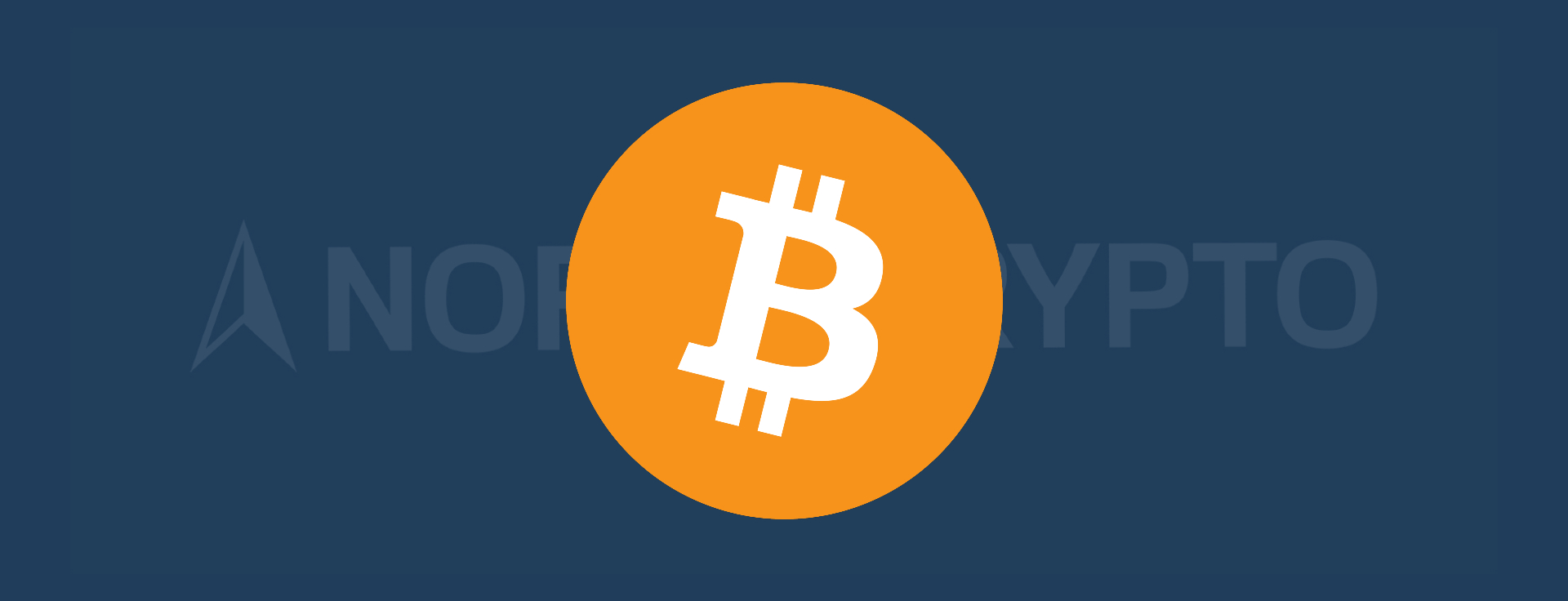
Bitcoin is the most popular and best-known decentralized virtual currency in the world. More and more people are interested in learning more about how bitcoin works. The Bitcoin halving is one of the key features of Bitcoin. Understanding the Bitcoin halving always requires an understanding of the basic principles of Bitcoin. After reading this text, you will understand the basics of Bitcoin and what Bitcoin halving actually means.
What is Bitcoin?
Bitcoin is a cryptocurrency that utilizes blockchain technology. The first block of Bitcoin was mined back in 2009, making it the world’s oldest cryptocurrency. Bitcoin is based on open source and it’s free for everyone to use.
The maximum number of bitcoins is 21 million. Unlike traditional currencies, it’s not possible to create an endless amount of bitcoins. Currently (10/2020) there are about 18,5 million bitcoins in circulation. New bitcoins are generated by a competitive and decentralized process called mining Bitcoin is fully decentralized, which means that it isn’t under the control of any single party. Bitcoin doesn’t have a central bank that dictates how Bitcoin should work and how many bitcoins are put into circulation.
Bitcoin is a digital currency that can be stored in your personal cryptocurrency wallet or alternatively in a cryptocurrency exchange (e.g. Northcrypto). Bitcoins can be sent anywhere in the world without the need for third parties, such as banks and payment intermediaries. As a result, bitcoins typically move to the desired address very quickly and at low cost.
Bitcoin’s popularity as an investment and payment instrument has grown tremendously in recent years. The growth in the popularity of bitcoin has been boosted in particular by the reckless monetary policy of central banks. All in all, it can be said that Bitcoin offers a unique alternative to both traditional investments (e.g. gold and stocks) as well as traditional currencies (e.g. euro and dollar).
Bitcoin mining
Bitcoin and other cryptocurrencies are based on blockchain technology. The miners are the maintainers of the cryptocurrency blockchains. In practise, cryptocurrency mining is the process in which transactions between users are verified and added into the blockchain public ledger. Miners build new blocks in the blockchain. The new block always contains a list of transactions in that cryptocurrency. The miners assemble these transactions together. Each block also refers to the preceding block. Simplified, a blockchain consists of interconnected discrete blocks. A blockchain is just data in the chain.
The Bitcoin blockchain is maintained by mining. In practice, this means that highly powerful computers (miners) compete for who is the first to solve a challenging mathematical equation. The solver of the equation gets the honor of producing a new block in the Bitcoin blockchain. In return for their work miners receive a mining fee. Mining fee determines how many new bitcoins are generated from each new block. In addition to the mining fee, miners also receive a share of bitcoin transaction fees.
New bitcoins are born into the world every time when a new block is mined. In the Bitcoin blockchain, a new block is mined about every 10 minutes and the mining fee for it is currently 6,25 bitcoins. Amount of new bitcoins per block gets halved roughly every 4 years (every 210,000 blocks). The halving of Bitcoin is discussed in more detail in the next section.
What is the Bitcoin halving?
The Bitcoin halving means that the mining fee from the new block of the Bitcoin blockchain will be halved. In the next Bitcoin halving in 2024, the mining fee for the new block in the Bitcoin blockchain will decrease from the current 6,25 bitcoins to 3,125 new bitcoins per block.
In the case of Bitcoin, the halving of the mining reward means that fewer new bitcoins enter the market every four years. The Bitcoin halving is a feature, which is programmed inside the Bitcoin blockchain. The goal of halving is to prevent inflation and keep the total amount of bitcoin stable. Because of the Bitcoin halving, bitcoin’s supply will decrease every four years. If demand remains the same, then the value of each bitcoin should also rise.
The halving of bitcoin will result in a 50% reduction in the number of new bitcoins entering the market. Bitcoin has had three different halvings throughout its history. When the Bitcoin blockchain started operations in 2009, the mining fee was 50 bitcoins for each new block. The first halving of Bitcoin took place in 2012. In the first halving, the mining fee paid for each new block fell from the previous 50 bitcoins to 25 bitcoins per block. The second halving in Bitcoin's history happened in 2016. In the second halving, the mining fee decreased to 12,5 bitcoins per block. The most recent Bitcoin halving happened in May 2020. Because of the latest halving, miners are currently awarded 6,25 new bitcoins per block.
Bitcoin’s previous two all-time high prices have both been reached about 1.5 years after the previous halvings. Will the third Bitcoin halving also be the start of the bull run? According to the numerous experts, bitcoin might see an epic rally also this time.
Mikko Soon
Cryptocurrency specialist
Last updated: 11.03.2022 13:46



